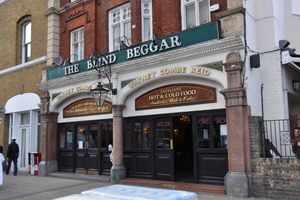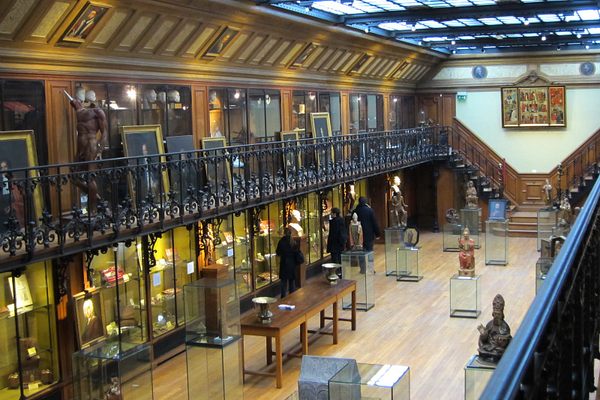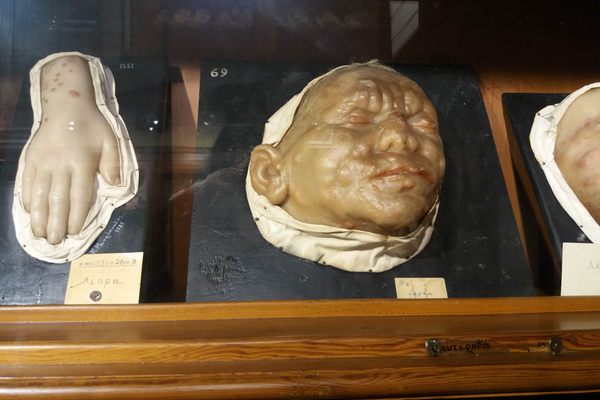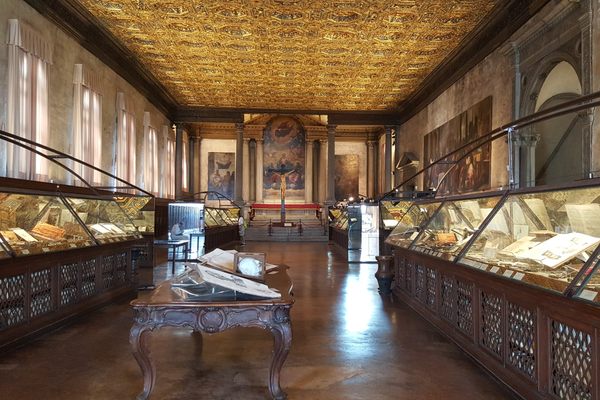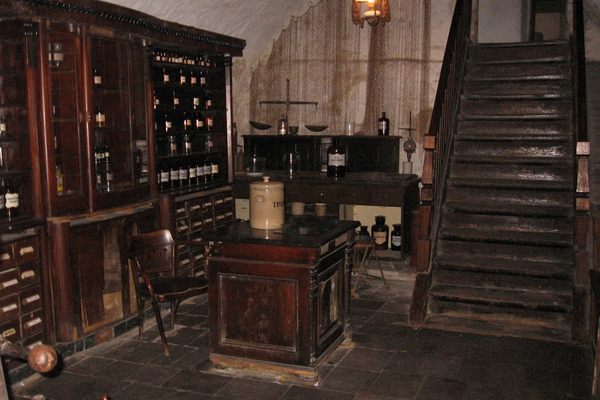About
The London Hospital was founded in 1740 under the guidance of a wealthy surgeon named John Harrison, who was all of 22 years old at the time. It took another 250 years for the institution to be officially crowned, but Queen Elizabeth II took care of that oversight in 1990, when it became the Royal London Hospital.
The long history of the famous hospital is on display at a small museum across the street from its Whitehall quarters, which has been the hospital's home since 1758. Housed in the former crypt of St. Augustine with St. Philip's, a red brick 19th-century church, the eclectic collection includes artifacts and archival material relating to major medical figures and surgical history. Oh, and Jack the Ripper. And the Elephant Man.
Sir Frederick Treves, the man who saved Joseph Merrick from a sideshow life, was in residence as a surgeon at the London Hospital. It was here, in 1886, that Dr. Treves cared for Merrick, made famous as the Elephant Man, until his death in 1890. The museum collection includes a replica of Merrick’s skeleton, cap, and burlap veil, some of his correspondence, and a remarkable model of the Cathedral of Mainz, built by Merrick’s own hand.
The Hospital’s London neighborhood was also the focus of the Whitechapel Murders of 1888, better known as those of “Jack the Ripper.”At the time the hospital lent a forensic hand to the murder investigations, and its collection includes some archival and other materials that give detail to its involvement and assistance.
It’s not all former circus freaks and grisly murders here at the Hospital Museum. There are collections and displays of some of Britain’s most important historical medical figures, including Florence Nightingale and Edith Cavell, who each helped transform what we now think of as nursing. Their contributions, along with those of Sir William Blizard and other prominent doctors, pathologists, and surgeons, helped establish the London Hospital — sorry, the Royal London Hospital – as a pre-eminent medical facility of the last three centuries.
Update as of July 2022: The museum is currently closed indefinitely.
Related Tags
Know Before You Go
The Museum is located downstairs in the former crypt, with an entrance on Newark Street at the eastern end of the church. Whitechapel is the nearest stop on the Underground.
The museum is only open on Fridays from 10 a.m.to 12:30 p.m. and 1 p.m.to 4 p.m.. Admission is free, but donations are always welcome.
Community Contributors
Added By
Published
July 5, 2016
Sources
- http://bartshealth.nhs.uk/about-us/museums,-history-and-archives/the-royal-london-museum/#Find-us
- http://bartshealth.nhs.uk/media/13605/the_royal_london_and_st_bartholomew_s_hospitals_museum_leaflet_-_2012.pdf
- http://www.guidedwalksinlondon.co.uk/blog/read_89603/royal-london-hospital-museum-explore-whitechapels-amazing-medical-history.html




























